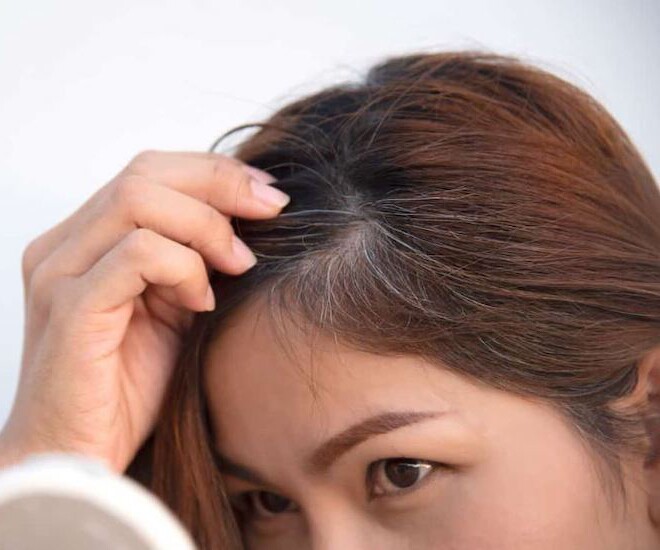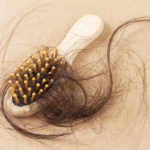There are various reasons why people experience premature graying of hair, including genetic factors, nutritional deficiencies, and environmental influences. A lack of essential nutrients such as vitamin B12, zinc, copper, and iron can contribute to this issue as these play a crucial role in the production of melanin, the pigment that gives hair its color. When melanin production decreases, hair loses its color and turns gray.
Additionally, stress and a hectic lifestyle can disrupt the body’s hormones, affecting the pigment-producing cells in the hair follicles. Thyroid disorders can also alter hair growth patterns, leading to hair graying, thinning, and weakness. Environmental pollution and the frequent use of chemical-based hair dyes and styling products can further accelerate the process of hair graying.
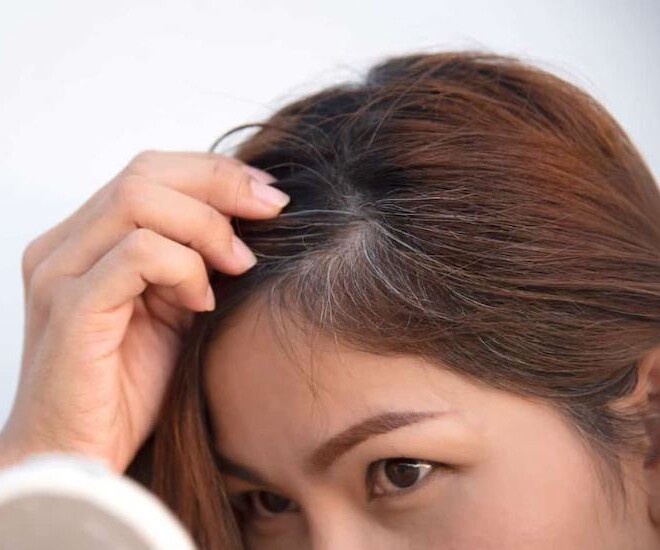
Gray hair is not exclusive to older individuals; even young adults can start noticing those first gray strands.
Gray Hair in Your 30s: Is It Premature Aging or Normal?
Finding your first gray hairs in your 30s can be unnerving, but it’s not uncommon. According to Dr. Susan C. Taylor, a dermatologist at the Perelman School of Medicine, University of Pennsylvania, the timing of graying hair largely depends on ethnicity. Typically, Caucasians and Asians start graying in their 30s, while African Americans tend to gray later, usually in their 40s. However, if you start seeing gray hairs in your twenties, it could indicate premature aging.
Biologically, the primary cause lies in the decreased activity of melanocyte cells, which are responsible for producing hair pigments. When these cells slow down or die, hair loses its color and turns gray. In cases of premature aging, this process can be rapid and lead to complete graying by the age of 30.
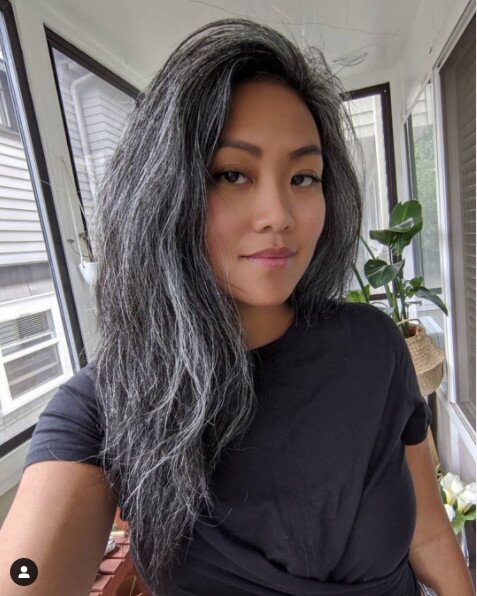
While it’s not unusual to notice gray hairs in your 30s, if it occurs in your 20s, it may indicate premature aging.
Plucking Gray Hairs: A Quick Fix with Long-Term Consequences
It can be tempting to pluck those first gray hairs as a temporary solution. However, this seemingly harmless action can cause significant damage to the hair follicle, which is responsible for hair growth and regeneration.
Repeated plucking weakens the hair follicle, leading to permanent hair loss. Additionally, new hairs that grow in the plucked area tend to be finer and weaker, and they may continue to be gray. Plucking can also irritate the scalp, causing redness, inflammation, and even infection if done incorrectly or too frequently.
Instead of plucking, focus on nourishing your hair from within and adopting a proper hair care routine to slow down the graying process and maintain healthy, shiny hair.
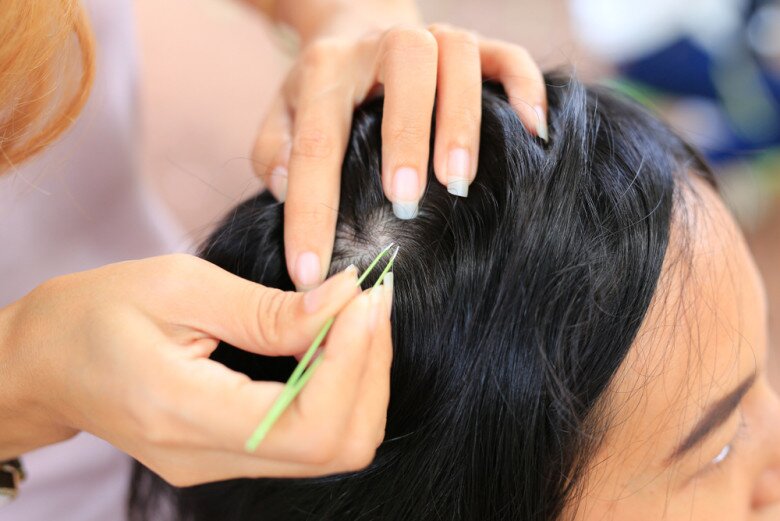
Plucking gray hairs is not a permanent solution and can cause more harm than good.
5 Effective Strategies to Manage Gray Hair
Premature graying doesn’t have to define your hair story. By making lifestyle changes and adopting a proper hair care routine, you can slow down the graying process and promote healthy hair growth. Here are five simple yet effective strategies to tackle gray hair:
1. Nourish Your Hair from Within: Focus on Nutrition
A diet rich in vitamin B12, zinc, iron, and copper is key to maintaining your hair’s natural color. Include seafood, whole grains, dark leafy greens, nuts, and omega-3-rich fish like salmon and tuna in your diet. These foods provide the necessary nutrients to support hair health. Additionally, reduce your intake of coffee and alcohol, as they can interfere with nutrient absorption, accelerating the graying process.
Include these five foods in your diet to promote healthy, black hair.
2. Reduce Stress: Balance Hormones, Preserve Hair Color
Chronic stress increases cortisol levels, which accelerates aging and contributes to premature graying. Engage in light exercises, meditation, yoga, or simply make time for activities you enjoy. A relaxed mind promotes healthy hair growth.
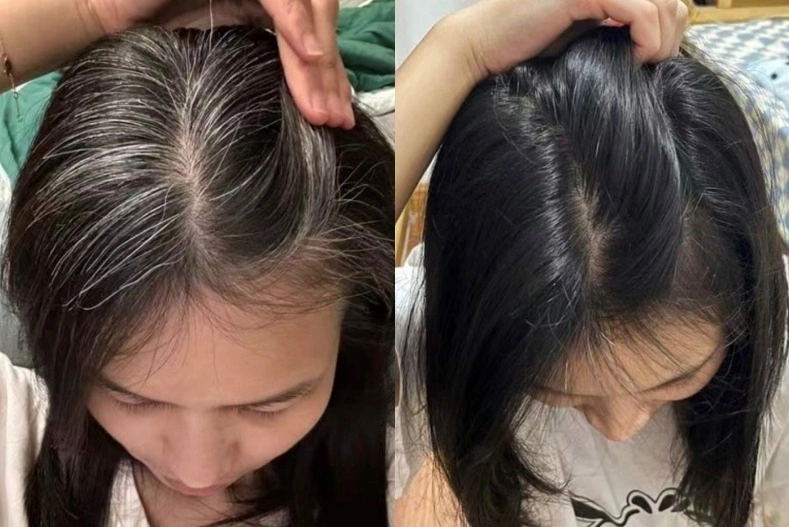
Adopt a healthier, less stressful lifestyle to reduce the occurrence of gray hair.
3. Choose Hair Care Products Wisely
Opt for hair care products with natural ingredients like black sesame, grapefruit essential oil, and coconut oil. These ingredients not only promote softness but also stimulate melanin production, helping to maintain hair color. Avoid harsh chemicals and excessive heat to protect your hair’s structure and reduce the risk of further damage and graying.
4. Scalp Massage: A Simple Yet Effective Technique
Dedicate 5–10 minutes each day to scalp massage. This increases blood circulation, nourishing the hair follicles and promoting healthy hair growth. Use your fingers or a specialized scalp massage brush to gently stimulate your scalp. A healthy scalp is the foundation for thick, shiny hair.
5. Coconut Oil Treatment: An Overnight Hair Savior
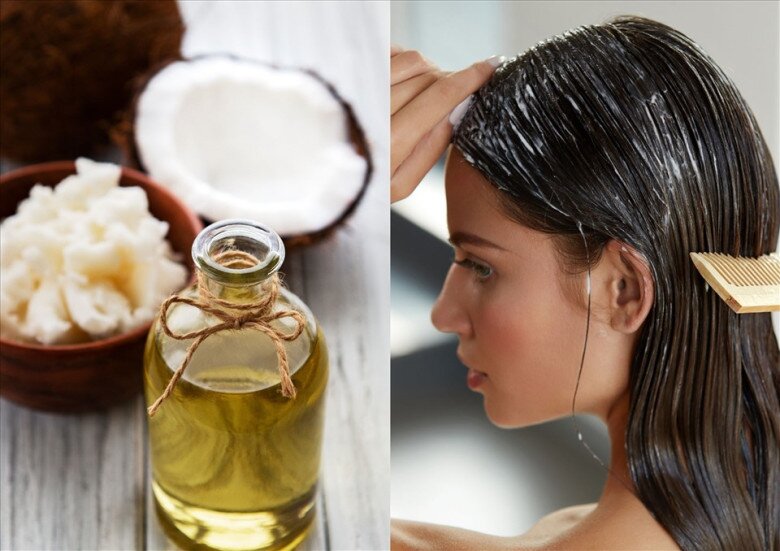 Coconut oil is a miracle worker for hair health. Before bed, apply coconut oil to your hair and scalp, gently massaging it in. Wash your hair as usual the next morning. Consistent use of coconut oil strengthens hair, reduces breakage, and slows down the graying process.
Coconut oil is a miracle worker for hair health. Before bed, apply coconut oil to your hair and scalp, gently massaging it in. Wash your hair as usual the next morning. Consistent use of coconut oil strengthens hair, reduces breakage, and slows down the graying process.
While gray hair may be a natural part of aging, you have the power to delay its onset with a dedicated hair care routine and a healthy lifestyle.
“The Nature Queen Craze”: The Herbal Hair Care Sensation
“Hair is a crowning glory” – this familiar saying is taking on a new life and inspiring a holistic approach to self-care. In an era where chemicals and modern-day stresses are taking a toll on our tresses, many are turning back to traditional herbal hair care. At the forefront of this movement is Nature Queen, igniting a new fever in the beauty and wellness sphere.
Medium-Length Hair for Round Faces: 15 Youthful Styles to Slim Your Face Shape in 2025
Are you longing for a hairstyle that will frame your round face, enhance your adorable features, and exude contemporary elegance? Look no further than the magic of a shoulder-length haircut! The following article will showcase modern and flattering shoulder-length hairstyles tailored for those with round faces, elevating your beauty without any fuss.


























